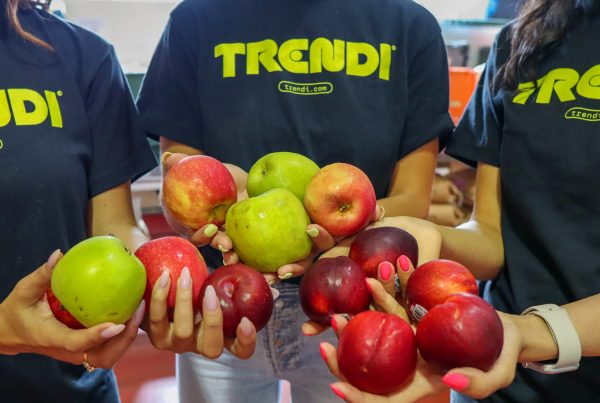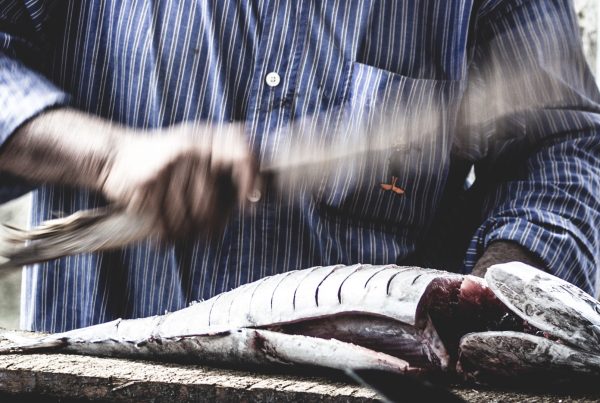When was the last time you missed a meal, not by choice but because you simply couldn’t afford to eat? Or dinner was a “ketchup” because that’s all you had in the fridge? Having been in this situation more than once over the last few years, let me assure you: it sucks.
Where Does Food Scarcity Happen?
Many children in North America go to bed having eaten inadequately, perhaps only 2 (or fewer) meals that day. Many will go without food at least one day a week, even in densely populated cities.
If we look at remote communities in the north of Canada, the problem can be intensified by the poor nutrition content of the meals that are eaten. Food scarcity is a significant problem.
Or, more accurately, food is scarce in certain communities, and tends to be more scarce amongst those with less money. And yet, there is such an abundance of food at the production level that up to 13% of grown vegetables are discarded at the source, not even being shipped to markets.
Then Why Does Food Scarcity Happen?
Business driven decisions in the food supply chain are the reason there are ‘food deserts’ in low income areas where there’s a significant lack of grocery stores. The people in these areas have to spend additional time (and money) to travel farther afield to purchase basic staples. Which is weird, right? There’s clearly a demand for “food” in these areas, so according to classical economics the market should respond, and an opportunistic entrepreneur should be jumping at the opportunity to supply it.
But grocery stores have determined that it’s simply not in their commercial interest to open in a particular area. Because all grocery stores come to the same conclusion, an area of several city blocks is left out of reasonable reach of groceries.
Businesses Neglect Underserved Communities
In northern Canada, Indigenous communities are hardest hit, as grocery stores decide, again, that it’s not in their commercial interest to ship food hundreds of kilometres. Because of the time it takes to ship food that far, additional measures must be taken to preserve whatever is shipped. This incurs additional costs for the shipper. Of course, the stores are more than happy to pass on the additional costs to customers (Natives, in typically low-income areas) making fresh fruit and vegetables exorbitantly expensive. Even when the government subsidies these shipments, grocery chains don’t reduce the retail price in response.
Meanwhile, grocery stores typically dump hundreds of tons of food annually that hasn’t sold, wasting all the labour and energy that went into its production and adding to greenhouse gas emissions.
This Is Criminal And Needs To Stop
“There is a crime here that goes beyond denunciation. There is a sorrow here that weeping cannot symbolize. There is a failure here that topples all our success. The fertile earth, the straight tree rows, the sturdy trunks, and the ripe fruit. And children dying of pellagra must die because a profit cannot be taken from an orange. And coroners must fill in the certificates – died of malnutrition – because the food must rot, must be forced to rot.”
Steinbeck wrote that in 1939, in Grapes of Wrath. Nothing in this article is a ‘new’ problem.
In fact, there is no food scarcity but food insecurity. The issue is with distribution, not with production. There is, however, a complete failure of an economic model predicated on the private ownership of distribution channels, because each of those channels is focused on “are we making money” rather than “are people being adequately fed”. And here we are, more than 80 years after Steinbeck, allowing it to continue.
How Can Food Insecurity Be Stopped?
As frustrating and infuriating as this problem is, there is always a possibility for change. We just must seize it. Business decisions have clearly led the way in designing the current food supply chain, we can absolutely create the new, more just version too…
Is there a profitable way to stop food waste, widen food distribution, and bring vital nutrient dense foods to communities in need the most?
We think it is possible. But it will also require the collaboration of governments, policy makers, farmers, grocers, restaurants and even us– as individual consumers. We all need to think about food a little bit differently, and the technology that follows will help us move forward.
Article written by:
Brian Lynchehaun, Content Writer
Brian has long been interested in practical solutions to a variety of social justice issues, at the systemic level. With a BA in philosophy, he is looking at everything with an interconnected macro lens.







